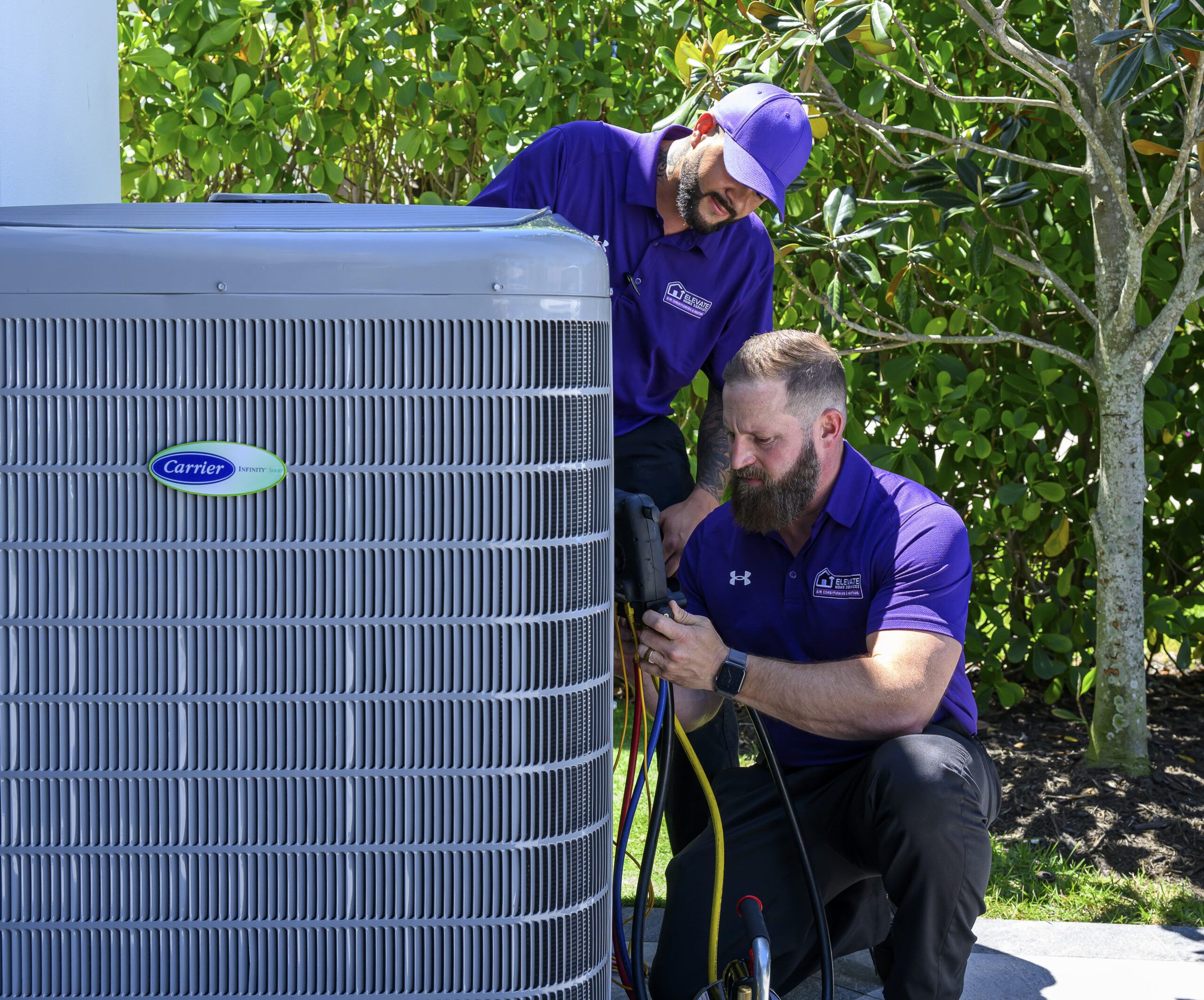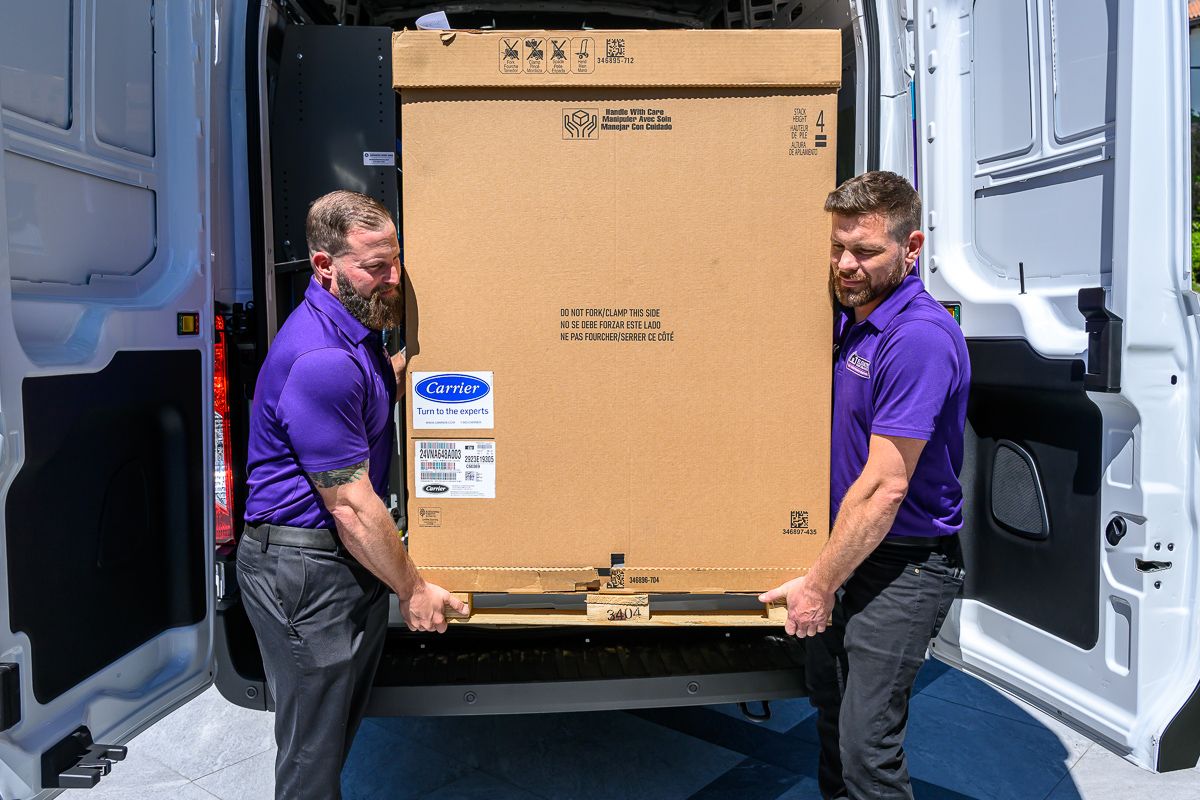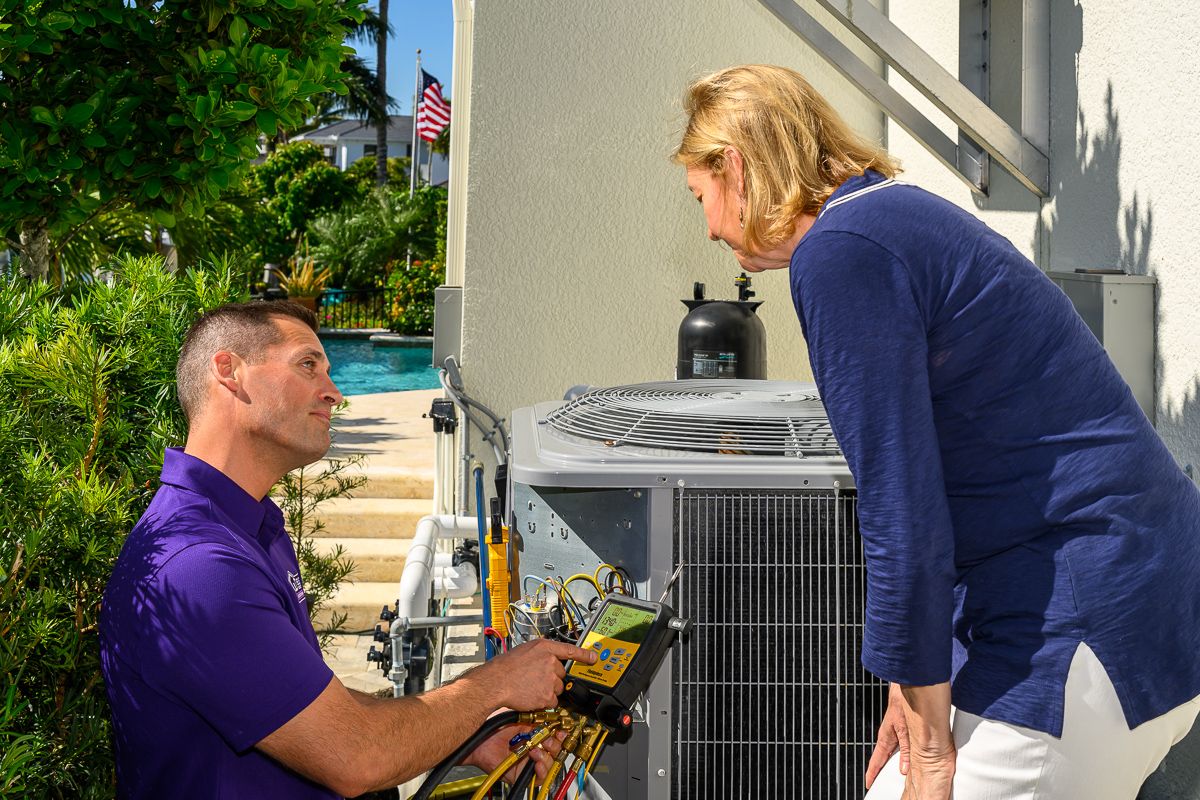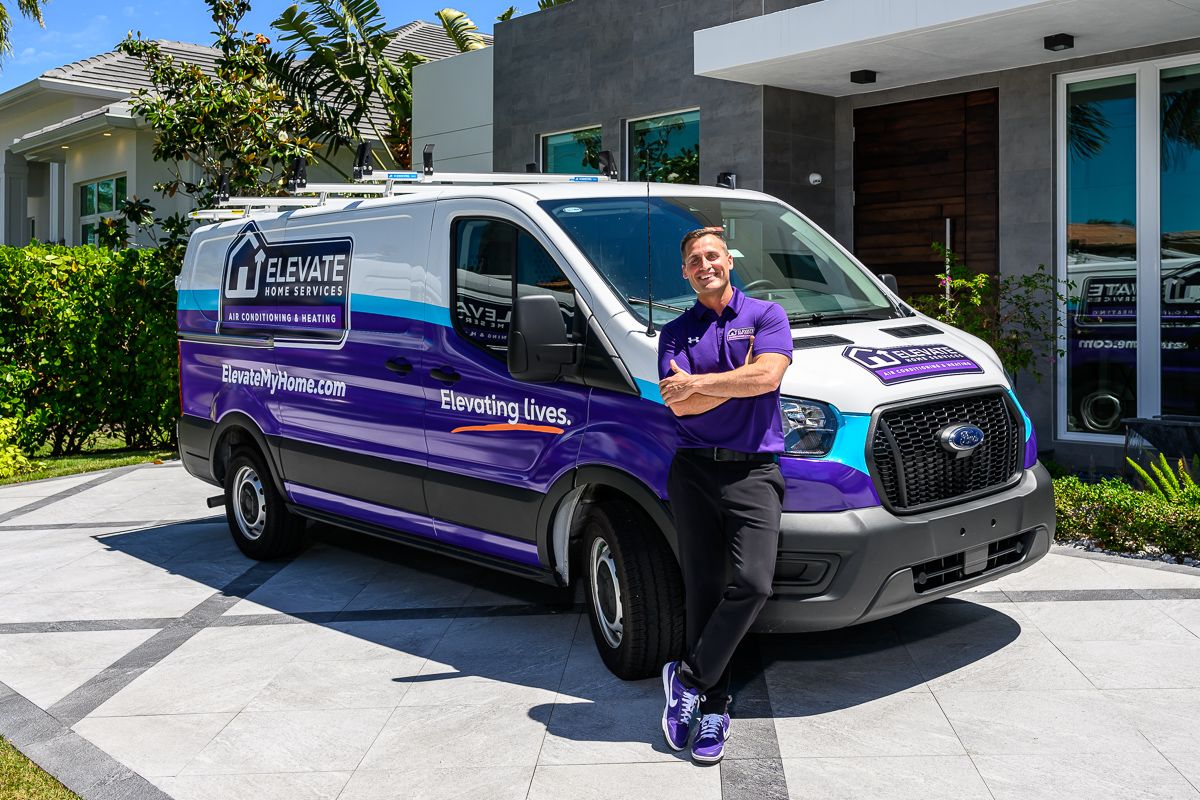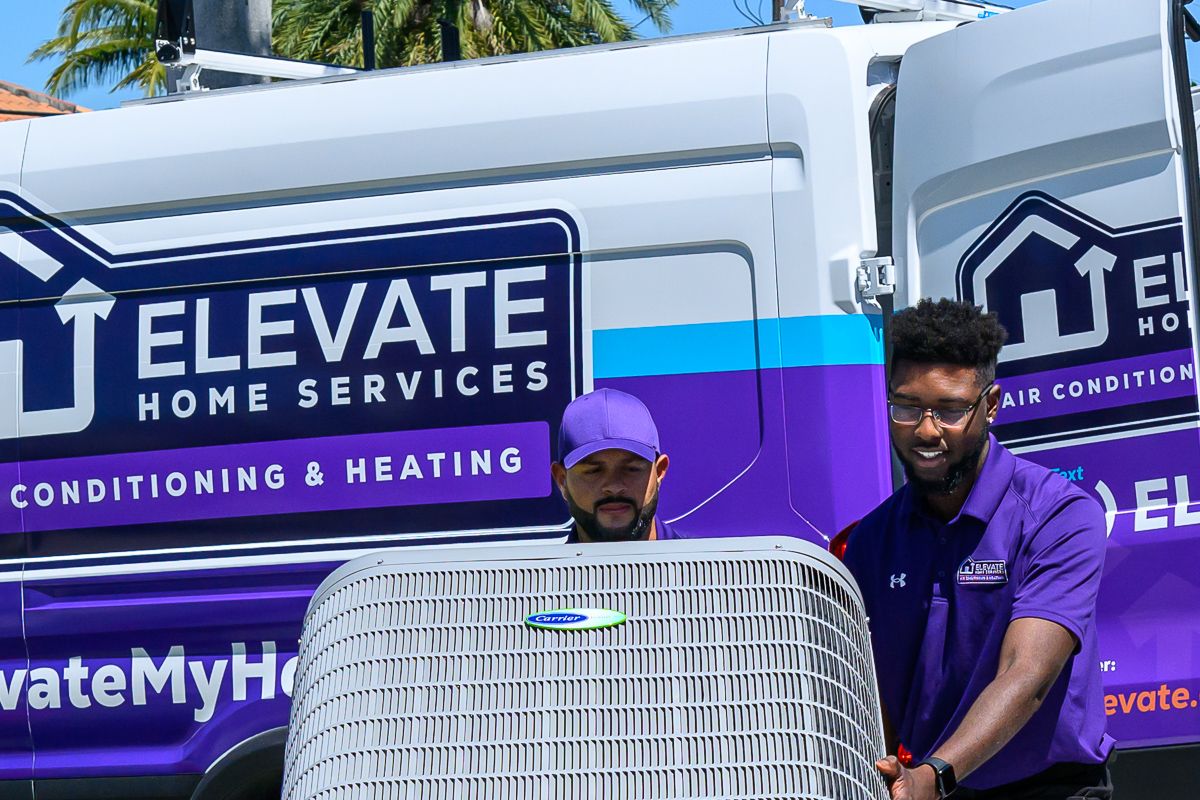Sometimes, people are unaware of the HVAC size they need for their home or office. This can lead to either choosing an undersized or oversized system, which can result in various issues such as higher energy bills, discomfort, and frequent repairs. But with a few tips from experts, you can finally get an answer to your question, “What size of HVAC unit do I need for my home?”
But first, let’s look at the factors you need to consider when choosing a HVAC size.
What to Consider When Choosing a HVAC Size
Square Footage of the Space
One of the most important factors is the size of the area needing climate control. Larger spaces require more cooling and heating power, so you’ll need a more robust system. Conversely, smaller spaces won’t need as much power, so a smaller unit will suffice. To get the proper HVAC size unit, calculate the total square footage of the space.
Climate and Geographic Location
The local climate plays a part in determining the correct size unit. Areas that experience extreme temperatures, whether hot or cold, will need systems with higher capacity to maintain comfortable indoor temperatures. Therefore, understanding the typical weather patterns in your region can help you make informed decisions.
Insulation and Building Materials
The insulation quality and the type of building materials used in your building can greatly affect HVAC sizing. Well-insulated spaces retain heat better in the winter and stay cooler in the summer, reducing the load on your HVAC system. Conversely, poor insulation will increase your heating and cooling needs, requiring a larger system.
Number of Windows and Doors
Windows and doors are points of heat exchange, meaning heat can enter or exit through them and affect your indoor temperature. The more windows and doors a space has, the more heating or cooling power it needs to maintain a comfortable environment. Additionally, the type of windows (e.g., double-pane vs. single-pane) can influence the decision.
Occupancy and Activity Levels
The number of people and the activity level in the space will also affect HVAC sizing. More people generate more body heat and humidity, which the HVAC system must compensate for. High-activity areas may require added cooling to maintain comfort, whereas less frequently used spaces might need less powerful systems.
Ceiling Height
Higher ceilings can create a larger volume of air that needs to be heated or cooled, influencing the size of the HVAC unit required. Spaces with high ceilings often need systems with greater capacity than rooms with standard ceiling heights, as there is more air volume to condition.
Existing Ductwork
The condition and layout of existing ductwork can also impact your HVAC system’s effectiveness and efficiency. Properly sized and sealed ducts ensure optimal airflow and system performance, while poor ductwork can result in inefficiencies and increased energy costs. It’s important to evaluate your ductwork when considering an HVAC upgrade.
What Size of HVAC Unit Do I Need?
- 1.5 – 2 Tons. Best suited for smaller homes, apartments, or individual rooms typically ranging from 600 to 1,000 square feet. This size unit is ideal for moderate climates with good insulation and low occupancy.
- 2.5 – 3 Tons. Suitable for mid-sized homes and small offices between 1,200 to 1,500 square feet. Perfect for climates with mild temperature variations and spaces with average occupancy levels and decent insulation.
- 3.5 – 4 Tons. Designed for larger homes, small commercial spaces, or offices spanning 1,800 to 2,200 square feet. This unit size is often used in regions with extreme weather conditions, requiring robust systems to maintain comfort.
- 4.5 – 5 Tons. Ideal for very large homes, commercial buildings, or office spaces exceeding 2,400 square feet. These powerful units are made for areas with harsh climates and structures with higher ceilings, large windows, and poor insulation.
Different Types of HVAC Systems
Split System
A split HVAC system consists of indoor and outdoor units. The indoor unit usually contains the evaporator coil and blower, while the outdoor unit houses the compressor and condenser.
Split systems are versatile and ideal for residential homes with separate indoor and outdoor spaces. They are effective for moderate climates and can serve single-room applications or larger homes using multiple indoor blowers connected to a single outdoor unit.
Packaged System
In a packaged HVAC system, all components, including the compressor, condenser, and evaporator, are housed in a single outdoor unit. This unit type is typically installed on the roof or alongside a building.
Packaged systems are excellent for commercial buildings and smaller properties with limited indoor space. They are often chosen for new construction and modular buildings due to their compact design and flexibility.
Ductless Mini-Split System
Ductless mini-split systems contain an outdoor unit and one or more indoor units. They do not require ductwork, making installation easier in existing homes.
These systems are perfect for older homes without ductwork, room additions, or spaces where installing extending ducts is impossible. They provide zoned heating and cooling, allowing individual room temperature control.
Central Heating and Air Conditioning System
A central HVAC system distributes conditioned air throughout a building using a network of ducts. The system includes a furnace for heating and an air conditioning unit for cooling.
Central systems are ideal for larger homes or commercial spaces that need efficient heating and cooling. They offer high comfort levels across multiple rooms but do require sufficient ductwork.
Geothermal Heat Pumps
Geothermal systems use the earth’s stable temperature as a heat exchange medium. They consist of a heat pump, an air delivery system, and a loop system buried in the ground.
These systems are best for eco-conscious homeowners and businesses looking for energy-efficient heating and cooling. Geothermal heat pumps are particularly effective in regions with extreme temperature variations, where their efficiency can lead to huge energy savings over time.
Variable Refrigerant Flow (VRF) System
VRF systems use refrigerant as the cooling and heating medium. One outdoor unit is connected to multiple indoor units, each of which can be controlled independently.
VRF systems are ideal for commercial buildings, large residential complexes, and mixed-use buildings with diverse heating and cooling demands across different spaces. They offer energy efficiency in managing indoor environments.
Hybrid Heat Pump Systems
Hybrid systems combine a heat pump and a traditional furnace. They can automatically switch between them based on outdoor temperatures and energy costs.
These systems are well-suited for regions with diverse climate conditions, offering both efficiency and reliability. They provide flexibility, allowing homeowners to select cost-effective heating methods based on the season.
Find the Right HVAC Size for Your Space
Finding the most suitable HVAC size is essential to efficient cooling and heating. Installing an oversized unit within a small space can increase your energy bills, while an undersized unit can cause inadequate heating and cooling. If you’re still asking, “What size of HVAC system do I need?“ Elevate Home Services is always around.
Contact us today, and our HVAC specialists can provide everything you need to find the right size. Once you have the system, we can even install it so that you will enjoy quality indoor air cooling!
